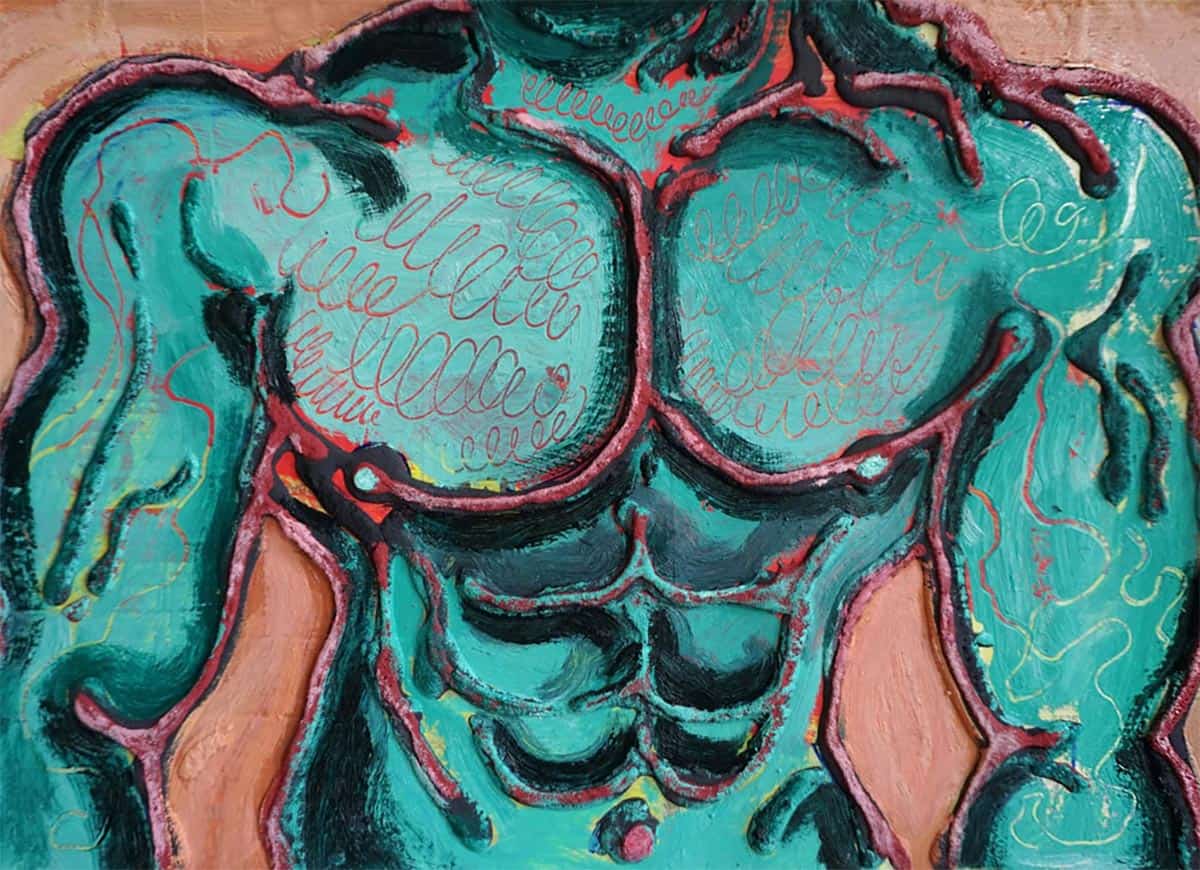
Where does a refugee find her homeland? Perhaps in unexpected places; a memory of the country might emerge through the most mundane gestures, or even from a simple interaction with certain objects.
I spoke about this subject with Palestinian dancer Farah Saleh for Middle East Monitor. Farah is preparing a new interactive live performance installation called PAST-inuous for the upcoming Dance International Glasgow.
Read More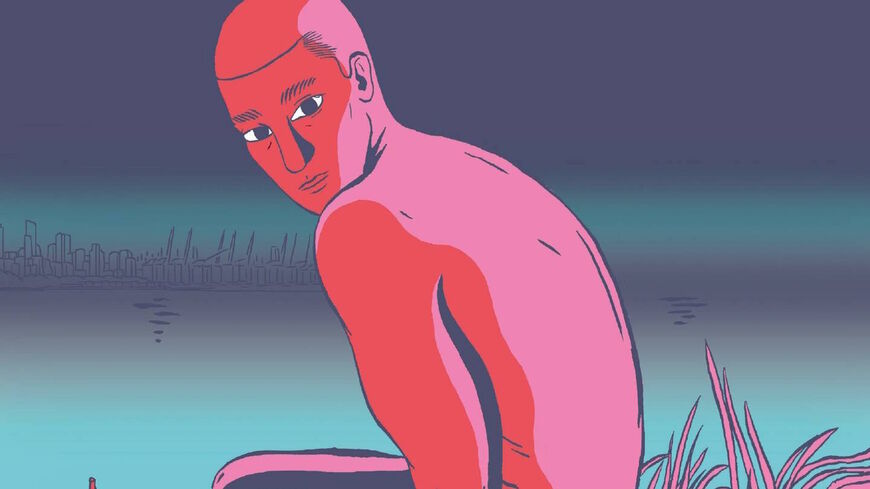
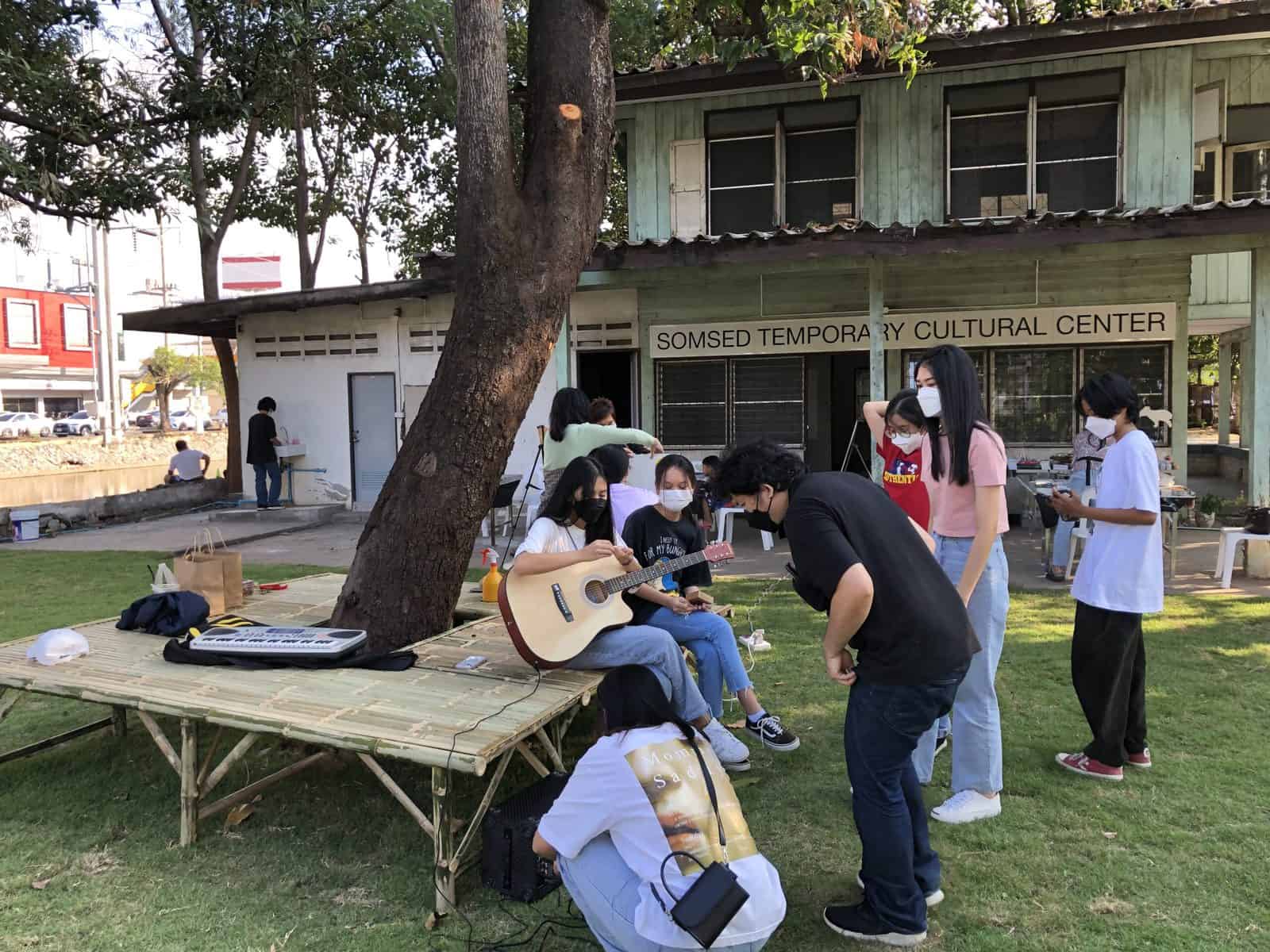
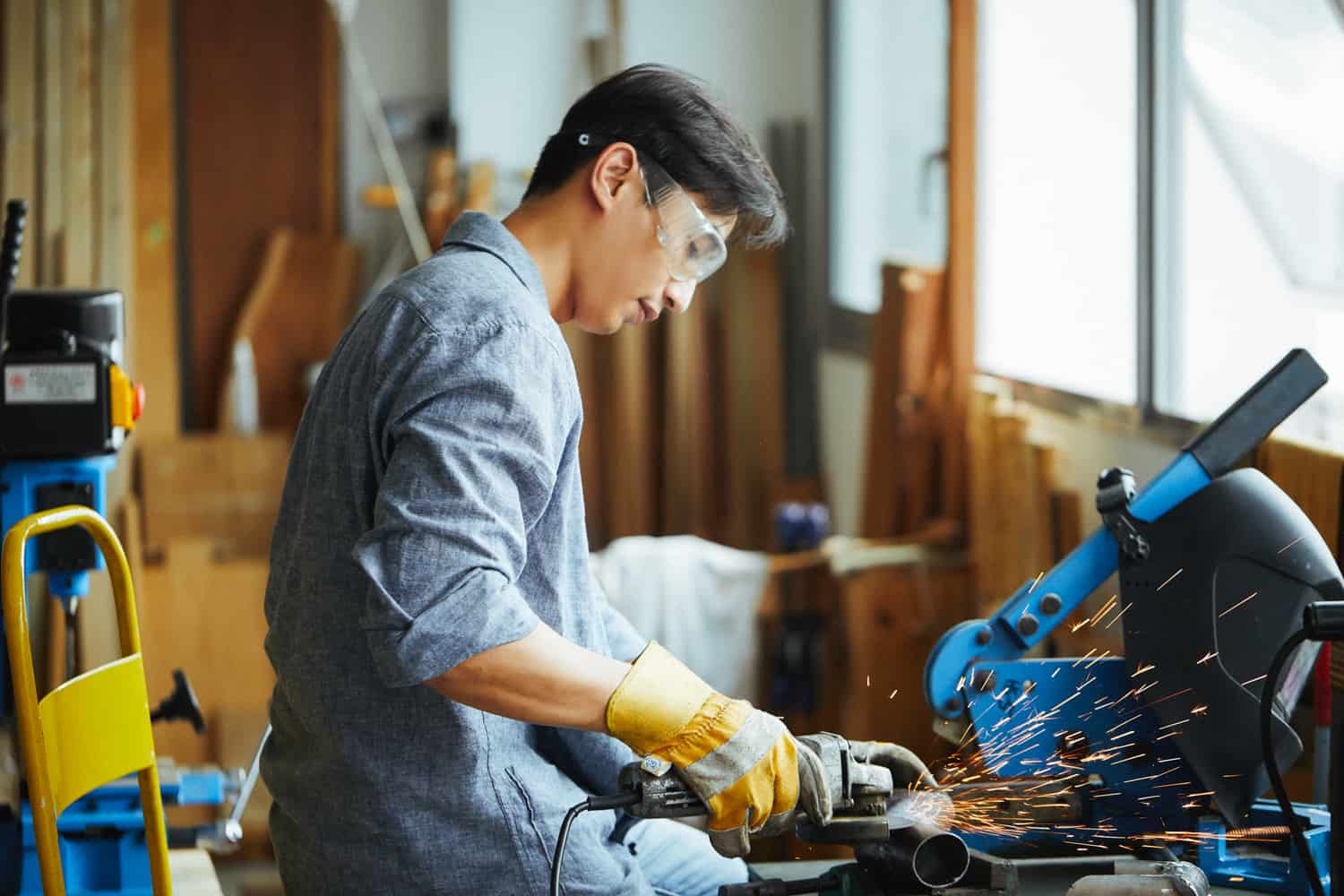

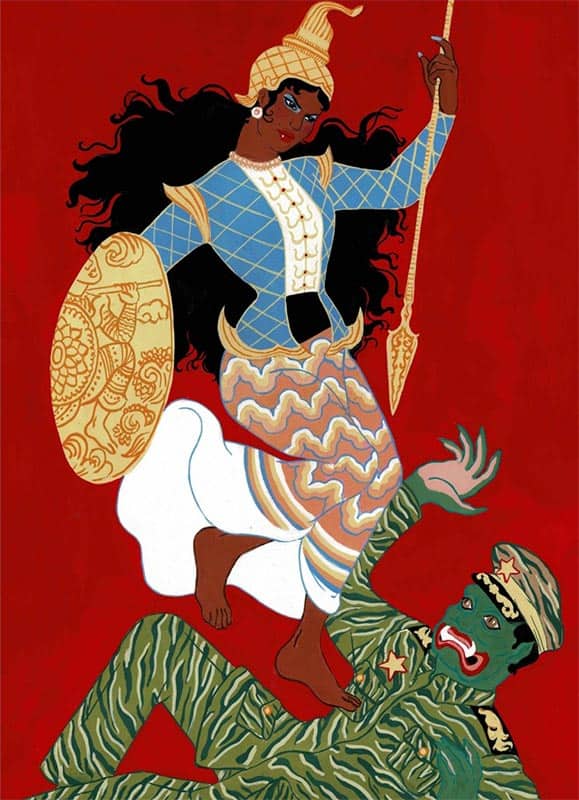
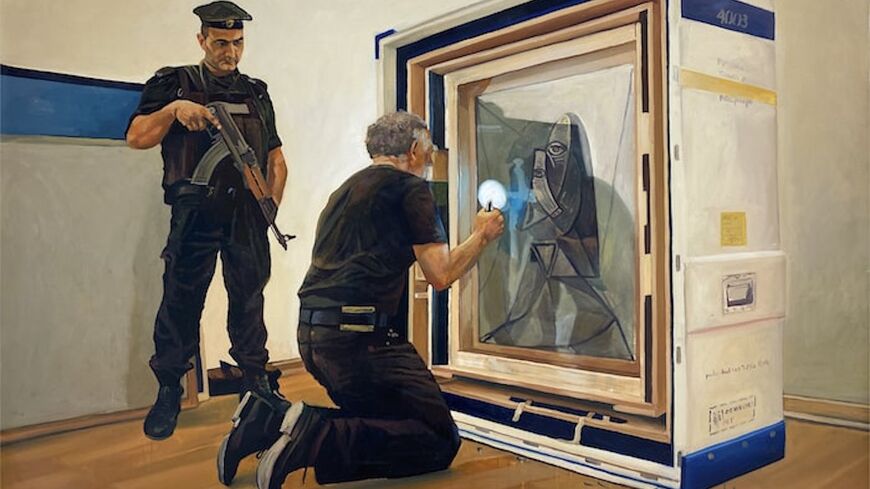

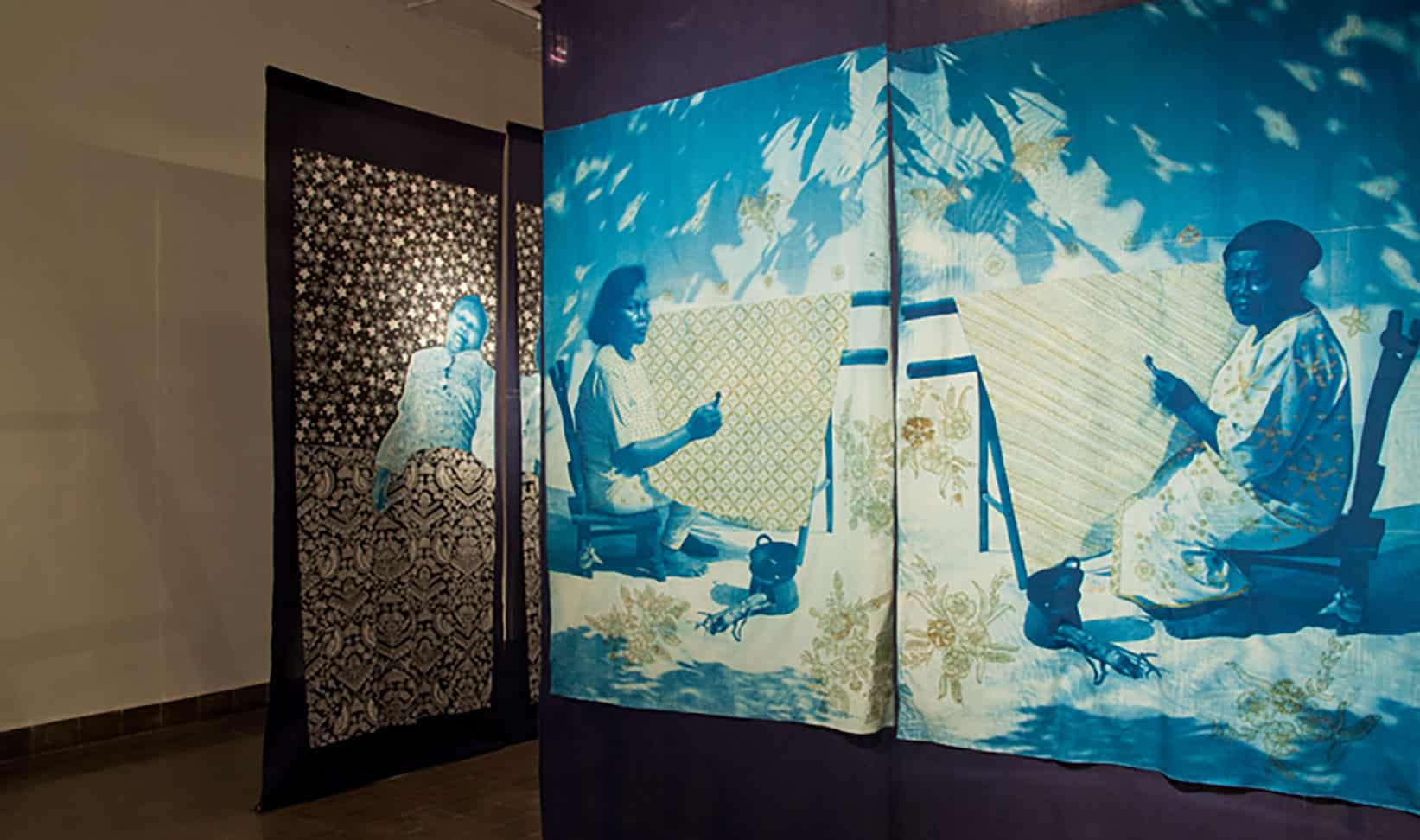

![Palestinian artist Hazem Harb [Hazem Harb]](https://i2.wp.com/www.middleeastmonitor.com/wp-content/uploads/2021/10/hazem.jpg?resize=1199%2C800&quality=85&strip=all&zoom=1&ssl=1)
